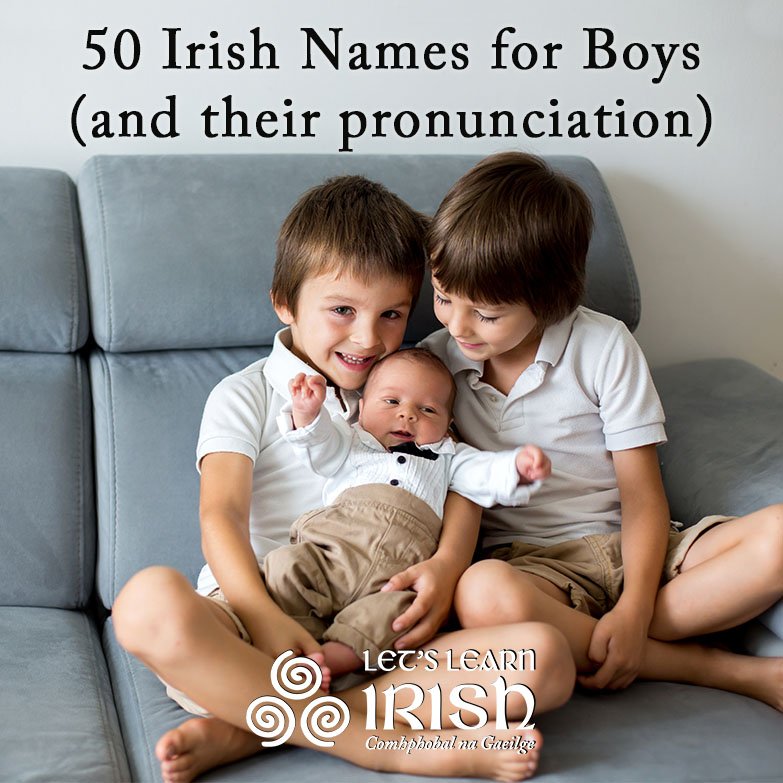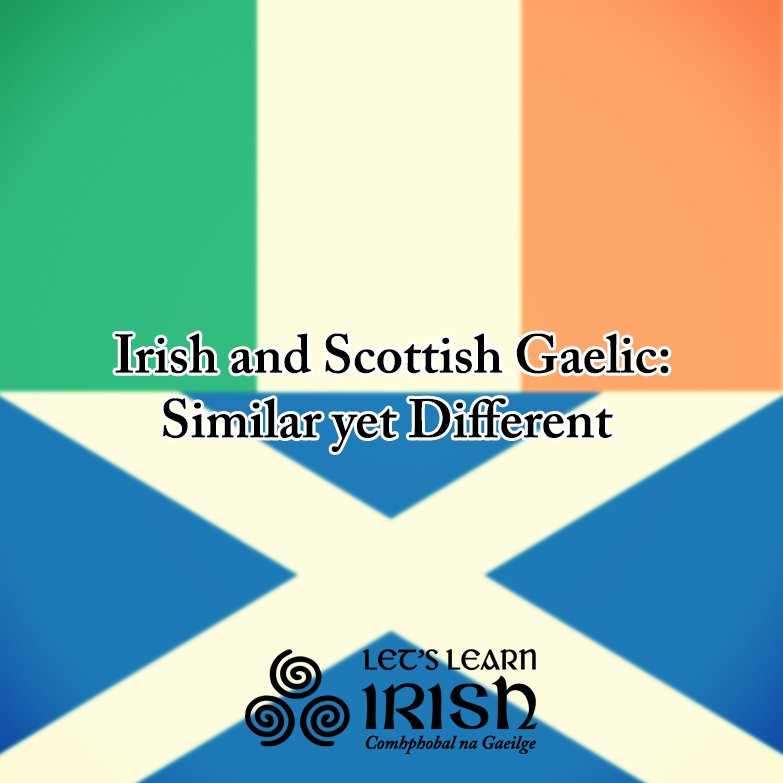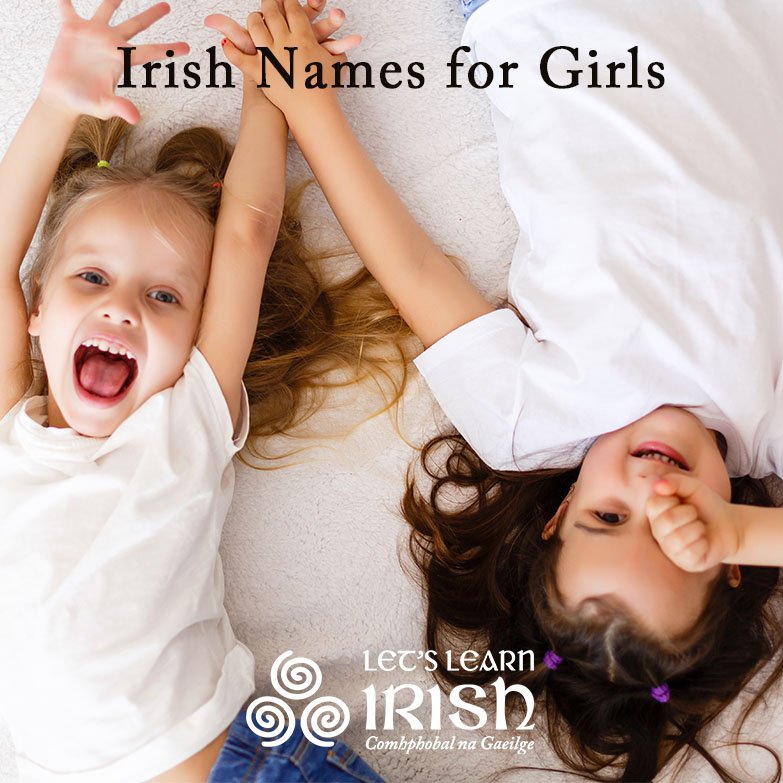10 Common Questions about Learning Irish
 Thinking about learning Irish? Being able to speak “as Gaeilge” is a rewarding and fulfilling experience. Learning Irish opens doors to a wider community of learners and speakers, and it creates access to the Irish culture in a way that wouldn’t have been possible otherwise. Nonetheless, it’s natural to have a few queries before taking the plunge. In fact, there tends to be certain common questions about learning Irish that learners have at the start of their journey. See below for our answers to common questions such as the difference between Irish and Gaelic, how long it can take to become fluent, what dialect to choose, and how to get started!
Thinking about learning Irish? Being able to speak “as Gaeilge” is a rewarding and fulfilling experience. Learning Irish opens doors to a wider community of learners and speakers, and it creates access to the Irish culture in a way that wouldn’t have been possible otherwise. Nonetheless, it’s natural to have a few queries before taking the plunge. In fact, there tends to be certain common questions about learning Irish that learners have at the start of their journey. See below for our answers to common questions such as the difference between Irish and Gaelic, how long it can take to become fluent, what dialect to choose, and how to get started!
1. Is Irish the same as Gaelic?
In short, “Irish” is the name of the native language spoken in Ireland. “Gaelic,” on the other hand, defines a broader group of languages (including Scottish Gaelic and Manx) from which Irish evolved. “Gaelic” is also an adjective that refers to the people and culture of Ireland. Confusing these terms is understandable, and in some ways the answer depends on the place and time this common question is asked.
2. Is Irish a difficult language to learn?
While Irish shares less similarities with English than many Germanic languages, it is not necessarily any harder to pick up than any other language. With the right guidance and a little dedication, anyone can enjoy the benefits of speaking Irish fluently. Many learners find it helpful to use the SMART approach when setting out to become fluent in Irish. By immersing yourself in the language through guided-instruction, reading, written tasks and conversation, you will help develop your skills in multiple areas.
3. How long does it take to learn Irish?
Everyone learns at a different rate and it is difficult to put a timeframe on learning a language. However, Teastas Eorpach na Gaeilge (TEG), the organisation that administers official Irish language proficiency exams for adults, gives these following recommendations before sitting the tests:
- A1 Beginner: around 80-100 hours studying the language or attending language classes.
- A2 Elementary: an additional 160-200 hours studying the language or attending classes after reaching A1.
- B1 Intermediate: an additional 350–400 hours studying the language or attending classes after reaching A2.
- B2 Upper Intermediate: an additional 500-600 hours studying the language after reaching B1.
- C1 Advanced: an additional 1,000 hours studying the language or attending classes after reaching B2.
While these are only general guidelines, they may be helpful in getting an idea of how long it takes studying Irish to confidently excel in an exam. You may find that you reach these levels of fluency in less time.
4. What are some common Irish phrases?
Here are some basic Irish phrases to get a conversation off the ground. The traditional way to greet someone is to say “Dia duit”, and the appropriate response to this greeting would be “Dia is Muire Duit”. Here’s a handy video to help with pronunciation. You could also ask someone their name by saying “Céard is ainm duit?” or wish someone a happy birthday with the words “Lá Breithe Sona Duit!”. More helpful videos of basic Irish phases can be found here, including vocabulary for days of the week, months of the year, and numbers.
5. Where can I meet Irish speakers?
Another of the common questions about learning Irish concerns where can we find fellow learners for language practise. Depending on where you live, there may be local Irish associations that can put you in contact with native speakers. For example, Irish Network USA is the umbrella institution of Irish organizations in many American cities. If you don’t live near an urban center with an Irish association, the good news is that you can still find people to speak Irish with. Joining the online community of Irish learners is a great way to meet people with a common interest, as well as find opportunities to use your Irish. Finally, you can always visit the Gaeltacht in Ireland, a region where Irish is still the first community language. Locals will be only too delighted to hear you making an effort to speak in their native tongue!
6. What Irish dialect should I learn?
We recommend that beginner students do not overly focus on dialectical variations at the expense of language study and usage. In most cases, Irish speakers will be able to understand you regardless, and at the beginning, most new speakers start off with a mixed dialect anyway. While there are certain differences between Irish dialects, each of them is equally advantageous to study. In most cases, Irish classes will follow ‘An Caighdéan’ (The Standard), without a specific focus on any one dialect, but dialectical variations are discussed and explained as they arise.
7. Why should I learn Irish?
Everyone has different reasons for learning Irish, including to connect with their ancestry, to be able to understand placenames, or to maximize their cognitive skills. By learning Irish, you’ll gain a more intimate relationship with the art, music, literature and history of Ireland, and can participate in the island’s culture in a way that wouldn’t be possible otherwise. It has been said that you can’t really know the Irish until you speak their tongue. In addition to becoming a part of the Irish community, you’re also helping to restore their native language to its former glory.
8. How can I learn Irish for free?
There are a variety of ways to start learning Irish for free, including resources where you can experience Irish in real world media or look up Irish words online. Duolingo, YouTube and various other resources have become popular as learning tools, but the opportunity for human interaction and instruction is crucial. If you’re interested in getting a taste of the language and how it’s taught, Let’s Learn Irish provides a free monthly workshop, and they also offer scholarships to help offset the cost of an Irish language course.
9. What’s the best way to learn Irish?
Research shows that the best way to learn a language like Irish is to be a part of an environment that offers a communicative and interactive approach. This sociolinguistic perspective is realised through the online Irish courses, weekly conversation sessions and monthly language workshops provided by Let’s Learn Irish, which are all designed to allow learners to engage authentically with Irish. Online social interactions complement the structured learning of a course, leading to a fuller language learning experience.
10. How do I start learning Irish?
The best way to start learning Irish is to jump right in! Immerse yourself in the language, whether by watching Irish TV, listening to Irish language podcasts, or Youtube videos on how to say basic phrases in Irish. Taking a course is also a great way to ensure your learning journey is guided and stays on track, as well as to receive useful instruction. For some, taking a free online workshop is a handy entry point into learning the Irish language.
Again, it is worth stressing the importance of joining a community of people who are also learning Irish. It’s a useful way to stay motivated, get support when needed, and keep the learning process fun!
Do you think we missed any common questions about learning Irish, or do you have a question of your own? Feel free to contact Let’s Learn Irish and let us know of any inquiries or thoughts that you might have.
Bígí páirteach!
Join the online Irish community at LetsLearnIrish.com.
Follow on social media @LetsLearnIrish.





